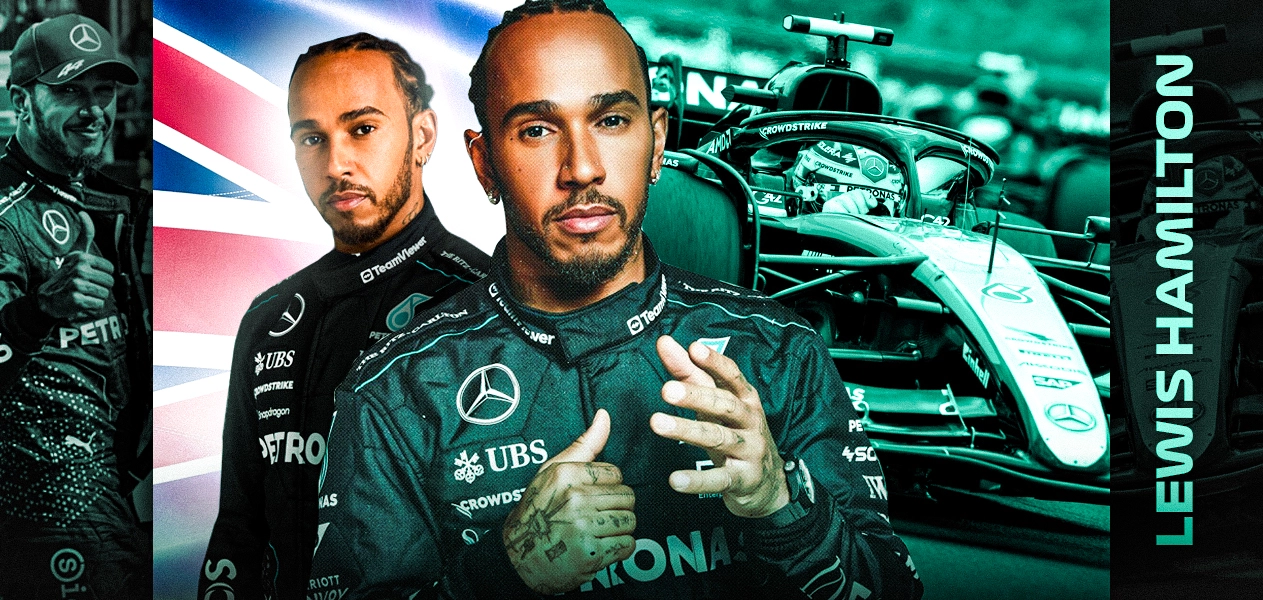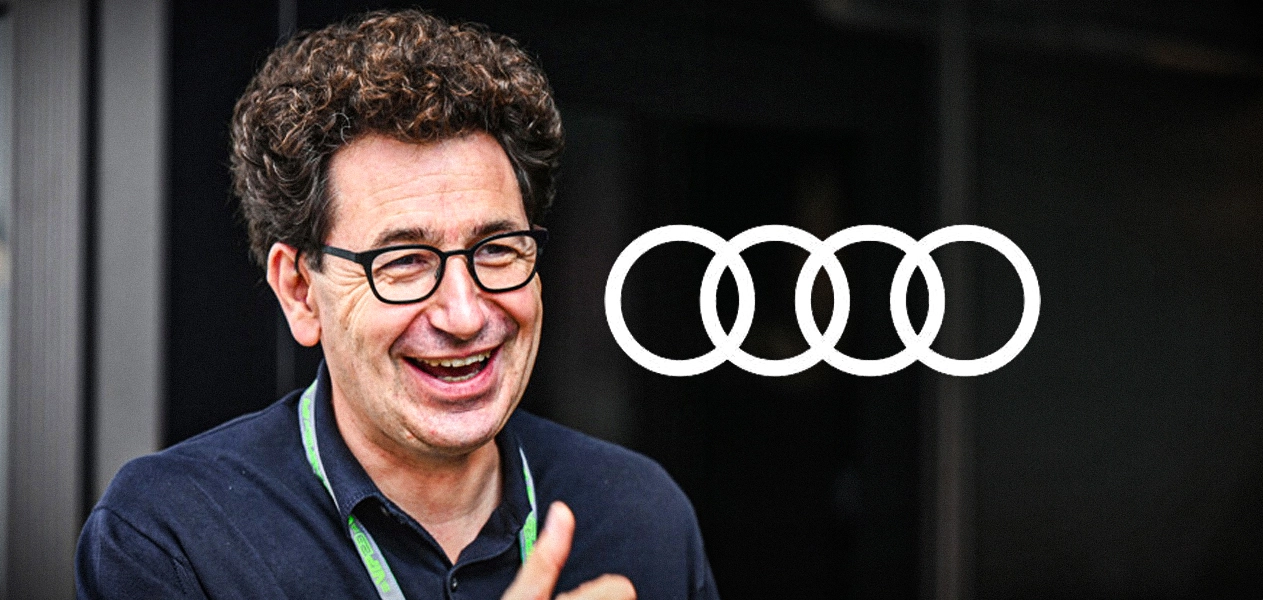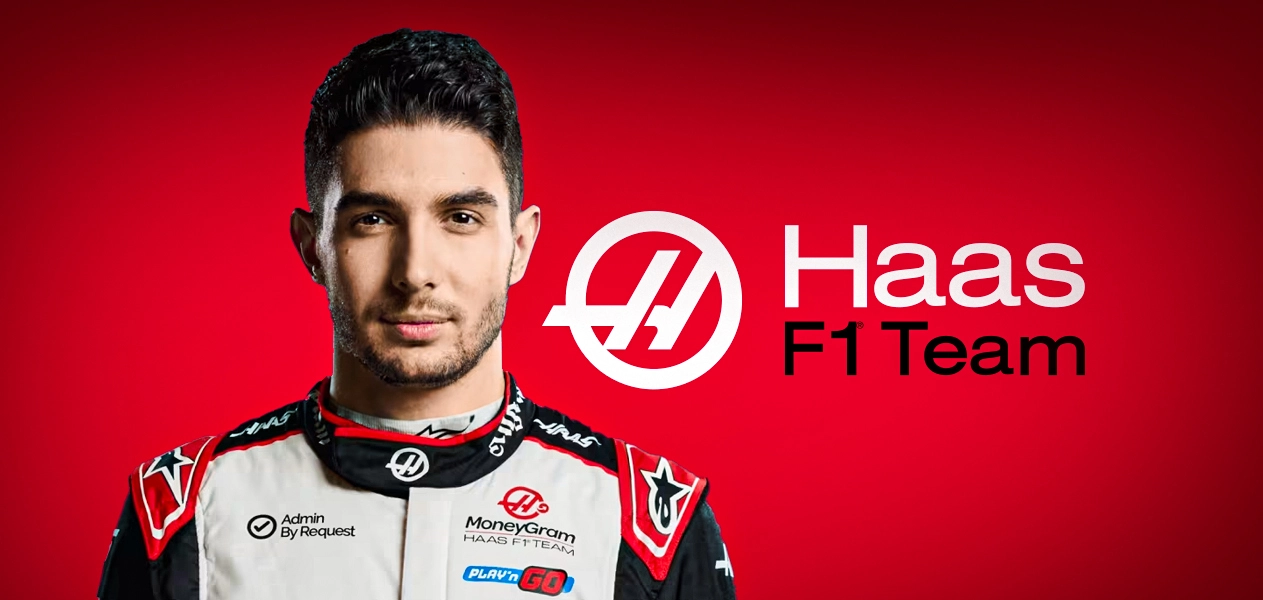Since its inception, Formula One has been hosted by over 70 tracks, and there’s a considerable debate among the fans over which is the best track.
Silverstone? Spa-Francorchamps? Monza? Suzuka? Everyone has a personal favourite, and it is something that shall be debated forever.
Some tracks like Spa-Francorchamps, Silverstone, and Monza stand out as true jewels in the motorsport’s crown, while recent venues like Baku, Sakhir, Singapore, and Circuit of the Americas have also emerged as excellent venues for modern F1 cars.
The present F1 cars are extraordinary things. They have more aero, grip, and power than any single-seater racing car before them. In the flesh, they can do spectacular things, but being larger than almost any F1 car before, and being just that fast, they are perhaps not as exciting on some circuits as their predecessors.
In this article. I present to you my top 10 greatest F1 race tracks of all time. I have taken into consideration the following criteria:
- The historical significance of the track
- Quality of racing
- Level of challenge that a circuit presents to the drivers
So without further ado, let’s get into it.
Also read: 10 worst Formula One tracks of all time
Honourable Mention
Circuit de Monaco | Monaco
This is the last old-style street circuit remaining in the modern F1 calendar. The roads it runs on were designed primarily for everyday traffic, having many elevation changes and tight corners as well as a tunnel, making it one of the most demanding tracks in Formula One.
Moreover, it’s quite evident that the circuit is totally unsuitable for modern F1 cars. Despite having the lowest average speed of all F1 tracks, the Monaco circuit is a dangerous place to race due to its narrow lanes, while it is the only Grand Prix that doesn’t adhere to the FIA’s mandated 305km minimum race distance for F1 races. There’s little to no room for modern safety features; the straights aren’t long enough, and the races are usually dull processions.
But races are held every single year, simply because it’s Monaco.
The top 10 F1 Tracks
#10 Red Bull Ring | Spielberg, Austria
One way or another, the track layout (almost identical to the present one) somehow survived until 1987, when it hosted its last race. A decade later, F1 cars returned to Austria to find a very different layout waiting for them. Renamed the “A1 Ring”, the new track was shorter, slower, and a more sterile version of the previous beast that once stood in that very place.
Somehow, the little seven-corner circuit worked. It was Herman Tilke’s first full-circuit design, and one of his best to date. F1 then took another hiatus before returning to the rebranded “Red Bull Ring” in 2014.
In July 2023, Formula 1 announced that the Austrian Grand Prix would remain on the calendar until 2030 after agreeing a new deal with its promoter, Projekt Spielberg GmbH & Co KG.
#9 Circuit Gilles-Villeneuve | Montreal, Quebec, Canada
Perched upon the man-made Île Notre-Dame in the St Lawrence River, Montreal, the Circuit Gilles-Villeneuve is one of the most-loved modern F1 venues. Since its first-ever use in 1978, no other circuit has hosted the Canadian GP to date.
In a way, the Montreal circuit is proof that you don’t need a “perfect” mix of corner types and artificial overtaking zones; its beauty lies in its simplicity. Although the circuit had some complex layouts in the past, the present layout is essentially two hairpins connected by a few chicanes and some long straights. It doesn’t sound like much, but it works.
Not many tracks in the current calendar produce entertaining races more consistently than Montreal. Overtaking has always been possible (much simpler, in fact, thanks to DRS in recent years) and close racing is almost guaranteed with the modern ground effect 2024-spec cars.
In March 2017, a multi-year contract was signed until the end of 2029. However, since F1 could not travel to Canada in 2020 and 2021 due to the COVID-19 pandemic, these years were added to the existing contract, which now runs until 2031.
#8 Autodromo Nazionale Monza | Monza, Italy
The Temple of Speed. Monza is a different kettle of fish, and with the modern V6 cars getting faster each year, taming this beast is easier said than done.
I’ve been following Formula One since 2003, and back in the day, the average speed of a car around the Monza track fluctuated between 235 km/h and 245 km/h. Fast forward to 2024, and Lewis Hamilton’s 2021 pole lap, which had an average speed of 264.36 km/h, currently stands as the fastest average speed to ever be recorded in F1 history.
The track first came to life back in 1922. The first layout incorporated a banked oval, and although the oval has been re-profiled as a safety measure, the rest is almost identical to the original circuit.
A number of chicanes and some corners have been re-profiled throughout the track’s history, but drivers from every era of the sport have negotiated the iconic corners like Curva Grande, Lesmos, the Ascari chicane, and Parabolica.
Despite its historical significance, Monza doesn’t match up to a circuit like Spa-Francorchamps in terms of sheer beauty and challenge. Besides, wider cars and DRS trains have resulted in overtaking becoming tougher than before.
#7 Autodromo Internazionale Enzo e Dino Ferrari | Imola, Italy
L’autodromo Internazionale Enzo e Dino Ferrari, or often referred to as “Imola” after the town in which it is located, hosted the Italian Grand Prix for the first time in 1980. The following year, it was awarded its own race: the San Marino Grand Prix (named after the nearby country as there was already an Italian GP in the calendar). From 1981 to 2006, Imola exclusively hosted the San Marino GP.
Imola, sadly, will always be remembered for that dark weekend in 1994, when Rubens Barrichello fractured his ribs and leg in Friday practice, before in Qualifying the very next day we lost Austrian driver Roland Ratzenberger, and in Sunday’s race, three-time World Champion Aryton Senna went on straight at Tamburello and died. Major modifications were made to the circuit, and when F1 left in 2006, it left behind a very different-looking Imola, to say the least.
Formula One returned to Imola after 14 years, albeit as an alternative due to the COVID-curtailed 2020 season. But after the quality of racing it produced, Imola has retained its place in the calendar until the end of the 2025 season.
#6 Circuit of The Americas | Austin, Texas, US
Another Hermann Tilke–designed circuit to make it onto this list is the Circuit of The Americas (COTA). This 5.5km track is one of the modern greats, producing quality races every single year. Comprising two long straights and 20 turns with a balance of high- and low-speed corners, overtaking and following cars closely has never been an issue in Austin.
Moreover, following the debacle of the 2005 US Grand Prix that raised major doubts over the future of Formula One racing in the country, COTA has, as of now, put those demons to bed.
Despite the presence of two more US Grands Prix in the same calendar year, COTA without a question has been producing the best racing year in, year out.
#5 Marina Bay Street Circuit | Marina Bay, Singapore
One of my personal favourites, the Marina Bay circuit in Singapore was the first-ever venue to host a race under the floodlights. The 5.1km street circuit is similar in style to the Circuit de Monaco or the Valencia Street Circuit, but it provides the toughest of tests than any other F1 circuit.
This circuit combines the heat and humidity of Malaysia (Sepang), the floodlights of Bahrain (Sakhir), and the tight streets and unforgiving narrow lanes of Monaco—certainly the toughest race on the calendar for both the driver and the car.
Following a crazy and unexpected inaugural Grand Prix that saw two-time World Champion Fernando Alonso take the chequered flag—which was later taken from him—there was harsh criticism and complaints from the drivers due to the track’s bumpy nature and its infamous “Singapore Sling”.
Since then, the track has seen its corners re-profiled thrice in thirteen years. Notably, the “Singapore Sling” chicane was removed in 2013. Then, in 2015, Turns 11 to 13 were re-profiled, and later in 2017, Turns 16 and 17 were re-profiled as well.
#4 Silverstone Circuit | Silverstone, Northamptonshire, UK
The Silverstone Circuit hosted its first Formula One World Championship race in 1950. Since then, it has hosted the British Grand Prix a total of 47 times. The venue for the British GP rotated among Silverstone, Aintree, and Brands Hatch from 1955 to 1986 before settling permanently with Silverstone in 1987.
The land upon which the circuit lies started life as RAF Silverstone, a training base for British air crews flying the Wellington bomber. Opened in 1943, it was used until the end of World War II. When hostilities ceased, the aircrafts departed and the airfield’s perimeter road was put into service as a race track.
The track has seen major modifications made to its characteristics over the years in the name of safety. Fortunately, its primary characters, like the Maggots-Beckett-Chapel section, stand out as one of the best fast-corner sequences in the world.
The fast-and-flowing Silverstone Circuit still remains a favourite of drivers and fans alike.
#3 Autódromo José Carlos Pace | Interlagos, São Paulo, Brazil
O Autódromo José Carlos Pace, or more commonly known as Interlagos, held the first-ever Brazilian Grand Prix in 1973, with hometown hero Emerson Fittipaldi emerging victorious much to the delight of the scores of Brazilians who packed the grandstands.
However, that version of the track was one of the most tightly-packed circuits F1 had ever seen—at a stretch over 8 kilometres in length—and was left behind due to F1’s demanding safety standards, with the final race held in 1980.
Ten years later, the new, cut-down version of the circuit hosted its first race. The new layout retained much of the old, undulating layout, including the unique kinked pit straight and the famous Senna S section. There’s no better joy than to watch F1 cars hug the outside kerbs as they navigate the Senna S section on the run-up to Turn 4.
Interlagos is one of F1’s few remaining jewels, and one that will continue to entertain us until at least 2030.
#2 Suzuka International Racing Course | Ino, Suzuka City, Japan
The first two Japanese Grands Prix in 1976 and 1977 were held at the Fuji Speedway before Japan was taken off the calendar for nearly a decade. Formula One made its comeback in Japan in 1987 with the newly-inaugurated Suzuka track, which hosted F1 Grands Prix exclusively for 20 years, earning the tag of one of the most challenging F1 circuits.
With time, Suzuka became a favourite of fans and drivers alike. Moreover, scheduling it towards the later stages of the season has led to 13 World Champions having been crowned there, with some calls more controversial than others. In 1989, case in point, Ayrton Senna and Alain Prost collided at the chicane, with Prost taking the title. The following year, they clashed again, and this time the title went to Senna.
Suzuka is one of those rare tracks that has stood the test of time. It punishes mistakes, which is a rarity in the modern era, while corners like the Spoon, the 130R, and the Esses are some of the standout highlights of this magnificent track.
#1 Circuit de Spa-Francorchamps | Stavelot, Belgium
The modern Spa-Francorchamps circuit bears only a passing resemblance to the old 14.1-km beast, where cars would blast around the Belgium countryside. Antonio Ascari, father of 1952 and 1953 Belgium GP winner Alberto Ascari, won the inaugural Belgian Grand Prix.
Another element that adds to the track’s difficulty is the unpredictable weather. At one stage in its history, it had rained at the Belgium GP for twenty years in a row. Often, drivers confront a part of the track that is clear and sunny, with another stretch being rainy and slippery.
Although the new track layout—which came out in 1983—was much shorter than its predecessor, it retained many famous corners and chicanes, including Eau Rouge, Blanchimont, and La Source, while adding others later on like Pouhan and Raidillon.
Fortunately for F1 fans, the FIA has extended its current deal for the Belgian GP until 2025.






Leave a Reply
Worst F1 Tracks
[…] Also Read – Top 10 Formula One Race Tracks […]